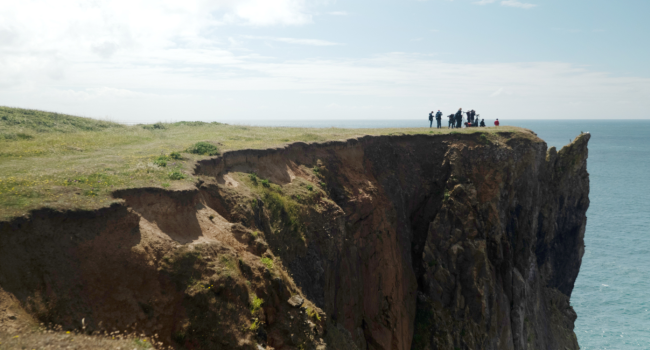Evaluating the potential for bird‐habitat models to support biodiversity‐friendly urban planning
Author(s): Plummer, K.E., Gillings, S. & Siriwardena, G.M.
Published: June 2020
Journal: Journal of Applied Ecology Volume: 57
Digital Identifier No. (DOI): 10.1111/1365-2664.13703
Abstract
Urban expansion poses a major threat to wildlife populations. Biodiversity‐friendly urban landscapes could deliver benefits for both wildlife and people, by incorporating conservation and ecosystem services objectives. Well‐designed urban developments could also soften the ecological impacts of urbanisation. However, delivering urban landscapes that integrate biodiversity requirements effectively remains challenging.
Ecological models, designed to predict wildlife population responses to alternative urban designs, could prove effective in supporting the creation of biodiversity‐friendly urban landscapes. Here, we combine national‐scale bird abundance data with high resolution, spatially explicit habitat data to characterise relationships between bird densities and urban landscape form in Britain. From these analyses and cross‐validation, we evaluate the potential for well‐parameterised, species‐specific models to be used to predict bird densities in novel or modified urban areas.
Our analyses indicate that responses of bird abundance to urban habitat are species‐specific and complex, with few variables consistently affecting a large proportion of species. However, contiguous areas of greenspace within urban sites are preferential for accommodating breeding birds, compared to a more fragmented arrangement of multiple, small greenspace patches. In combination, the bird‐habitat relationships identified could successfully predict observed variation in abundance for most bird species considered.
Further evaluation of habitat descriptor variables, spatial scales of species’ habitat use and analytical modelling approaches may be needed to improve the predictive ability of bird‐habitat models for certain species, particularly waterbirds and those observed less frequently in urban areas.
Synthesis and applications. We modelled breeding bird abundance in built‐up areas with respect to the characteristics and contexts of urban environments. While most variables were important for multiple species, responses overall were species‐specific, so simple assemblage metrics, like diversity, will not describe the variation in bird communities well. However, the results illustrate the potential of an evidence‐based, spatially explicit evaluation of urban development impacts on biodiversity, by predicting the consequences for bird numbers. Subject to verification of predictive ability, practitioners can apply the models to compare, for example, land‐sparing and sharing within developments, or to quantify the biodiversity requirements for effective offsetting. This would be facilitated by incorporation into an online tool allowing user‐determined input scenarios.









Share this page